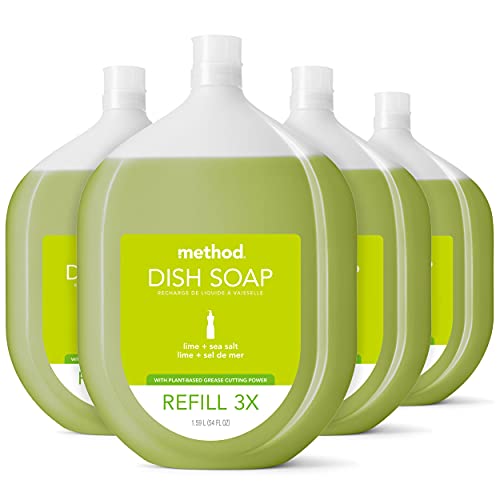How to clean fake plants without damaging them – you can maintain their beauty for 30 years or more this way
Learn the correct methods
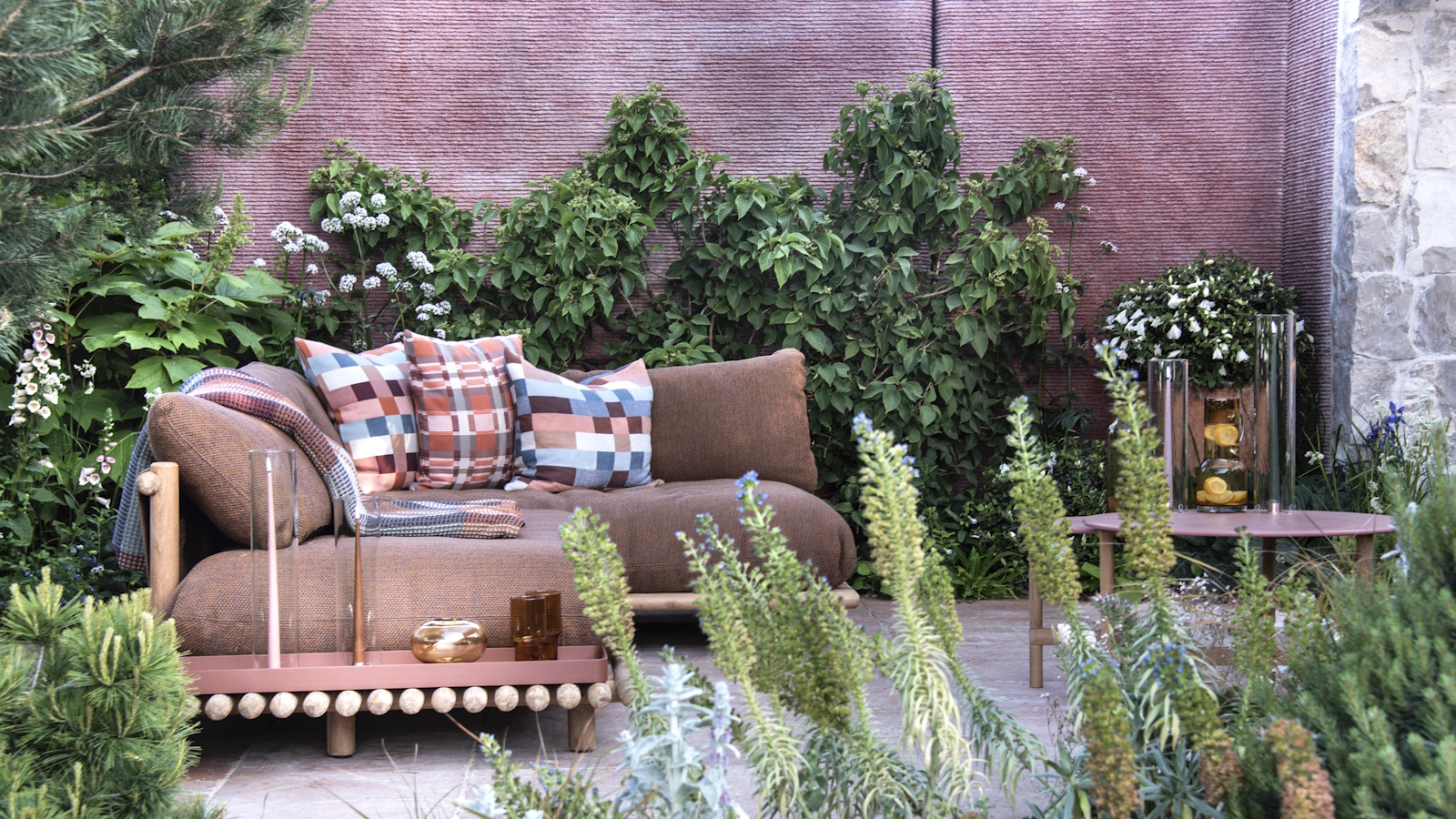

If you naturally don’t have a green thumb and struggle to keep houseplants thriving, the switch to fake plants will bring you joy, but how do you clean fake plants?
Just like the real deal, they're prone to collecting dust so keeping them in tip-top shape will help them endure for as long as possible whilst still looking lovely in and around your home.
Whether it’s a silk fern in the hallway or a plastic monstera brightening up the bathroom, faux foliage offers the beauty of nature without the upkeep of real plants, so here's our experts' top cleaning tips.
How to clean fake plants like a pro
Fortunately, cleaning artificial houseplants is as easy as cleaning houseplant leaves, and with the right techniques, you can keep them looking vibrant year-round without much hassle.
But, before you start cleaning it is essential to understand what material your fake plants are made out of as this directly determines which method will be the most beneficial and the least disruptive to your faux foliage.
1. Regular dusting
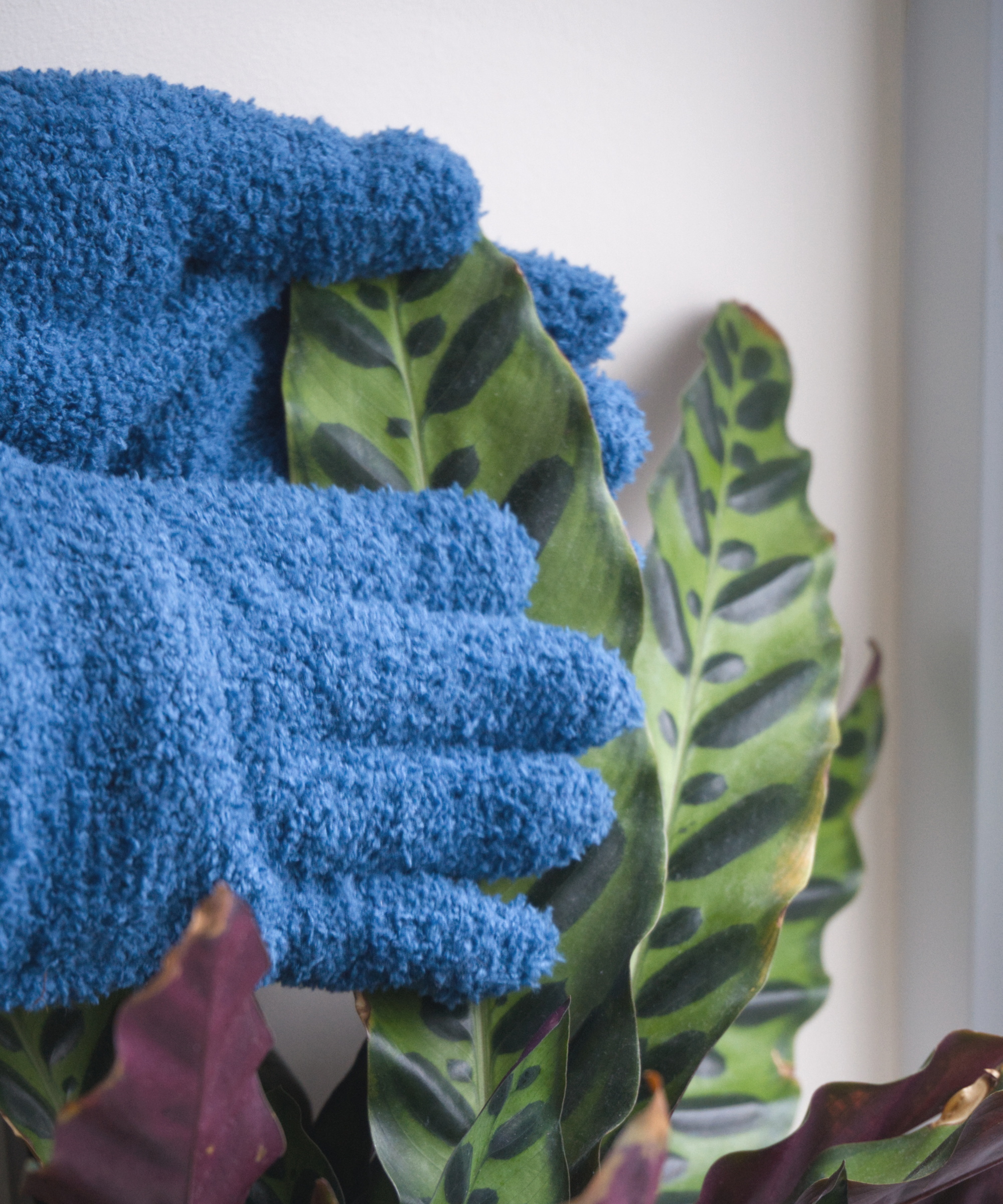
You can use dusting gloves, available from Amazon for a quick and easy spruce up of your artificial leaves and floral displays
The easiest and most important step in maintaining fake plants is regular dusting. Unlike regular houseplants that can reduce dust in your home, artificial plants can attract dust, which can settle into leaves, stems, and tiny crevices, regardless of their material. A quick weekly clean can go a long way toward preserving appearance.
To dust your fake plants, use a microfiber cloth or an electrostatic cloth from Amazon to stop the debris from flying up into the air and triggering allergies.
Design expertise in your inbox – from inspiring decorating ideas and beautiful celebrity homes to practical gardening advice and shopping round-ups.
‘Gently brush off each artificial leaf, starting from the top and working your way down to prevent redistributed dust from settling on freshly cleaned areas,’ says Virginia Hayes, indoor plant expert at Westerlay Orchids. ‘For hard-to-reach spots or intricate foliage, a clean makeup brush can work wonders too.’
Consistency is key here. By incorporating this step into your weekly cleaning routine, you’ll prevent buildup that can become more difficult to remove later. Plus, a well-dusted faux plant looks brighter, fresher, and more convincing, especially if you enjoy decorating with plants.
2. Clean with vinegar and water solution
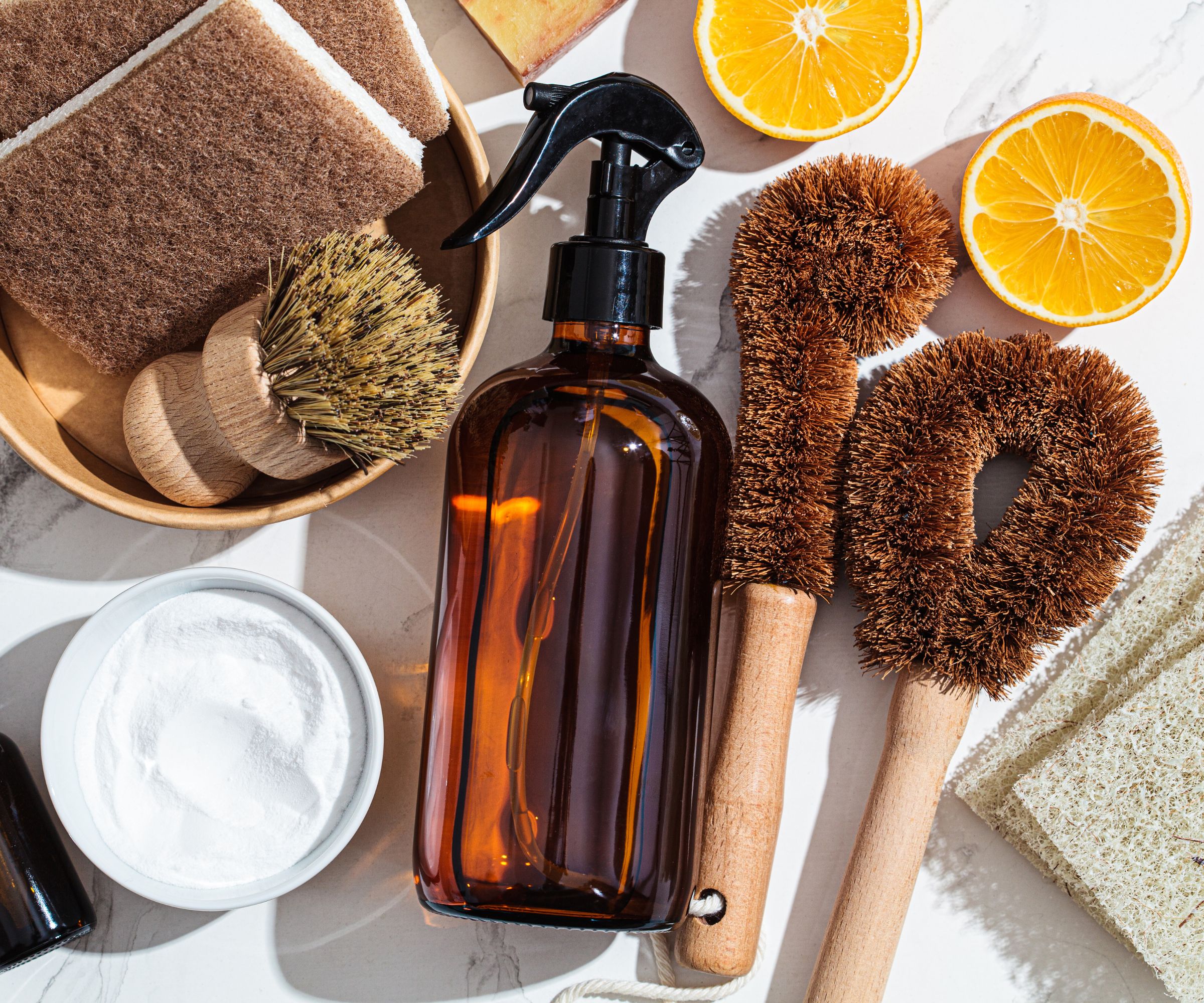
A 50/50 water and vinegar mix is gentle but effective for faux plant cleaning
If your plants are fabric-based, including delicate silk, you will need to conduct a deeper clean. According to Virginia, a simple solution of white vinegar and water makes an effective and non-toxic cleaner that can cut through grime without damaging synthetic materials.
When cleaning with vinegar, mix equal parts distilled white vinegar and lukewarm water in a spray bottle. Amber glass spray bottles from Walmart are durable and UV resistant, perfect for DIY cleaning sprays.
Lightly spritz the leaves and stems, then wipe them down with a clean, lint-free cloth from Amazon. When wiping, remember to do so in only downward motions to remove the dirt, as wiping back and forth may ingrain the dirt further into the material
For silk plants, test a small hidden area first, as vinegar can sometimes cause fading or discoloration on delicate fabrics. For stubborn spots, you can use a soft toothbrush dipped in the mixture to gently scrub away residue.
Avoid soaking the fake plant or allowing the solution to pool at the base, especially if your faux greenery is glued into a decorative pot or base that could be damaged by moisture.
3. Use a hair dryer or compressed air to remove dust
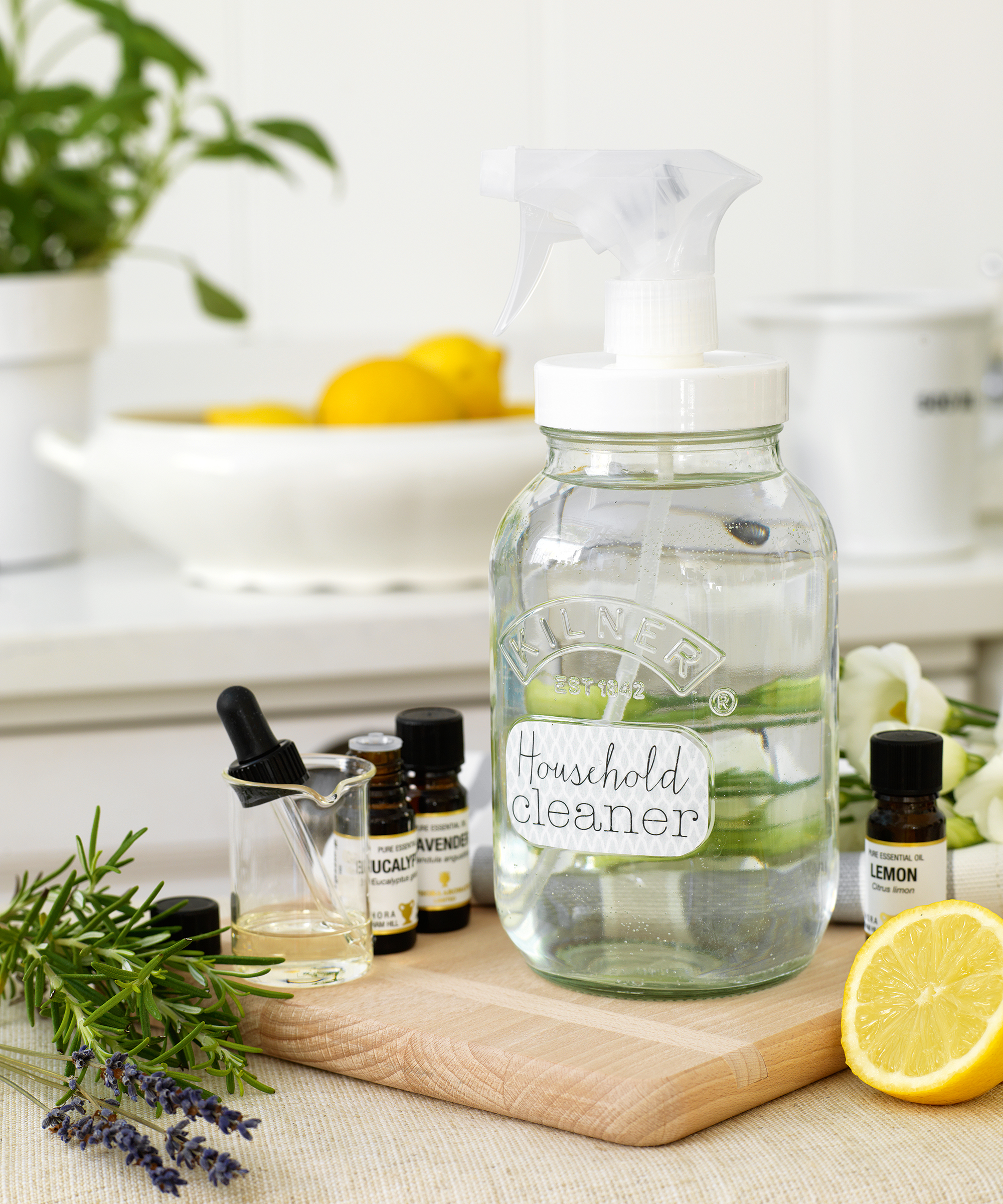
Apart from household cleaners and DIY sprays, you can use compressed air or a hairdryer to shift dirt and debris from your faux plants
If your fake plants are very intricate with lots of hard-to-reach places, and you are tired of the tediousness of manual dusting, try using a hairdryer or compressed air, available in cans from Walmart to clean them instead of a cloth.
‘Set your hairdryer to the coolest setting and gently blow away dust,’ recommends Angela Rubin, owner of Hellamaid. ‘Make sure you hold the hair dryer a good distance away from the fake plant because even on the lowest setting, you do not want to burn the delicate faux leaves or flowers. If yours is extra fragile, try using compressed air to clean the dust away instead.’
Just be mindful of the pressure as short, controlled bursts are best to avoid blowing your artificial plant over or damaging glued components.
4. Vacuum faux plants
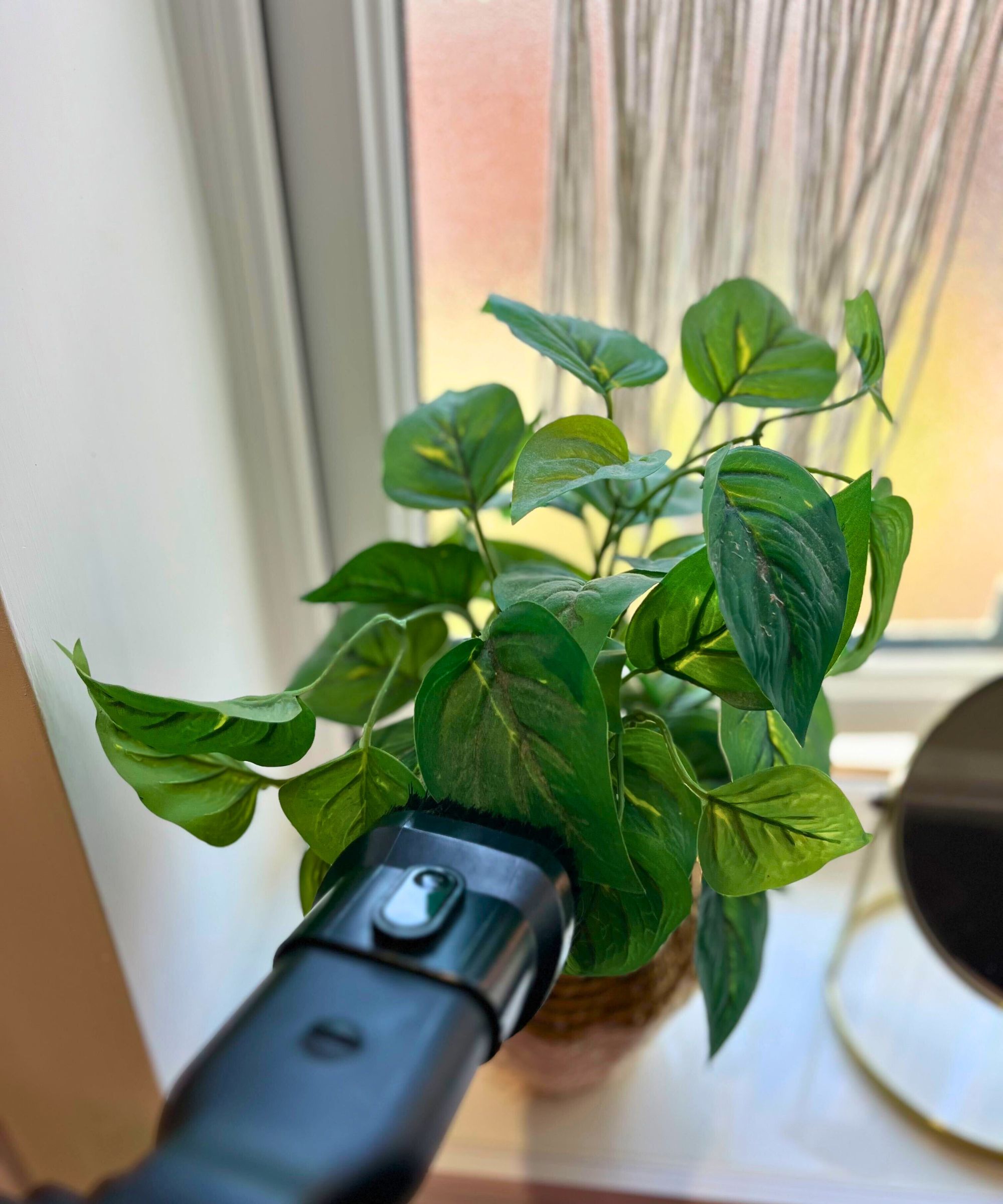
Vacuuming with a suitable attachment will help clean your artificial plants quickly
Using your best handheld vacuum can be an efficient way to clean artificial plants, particularly larger ones or those that are more robust.
Most vacuums come with a soft brush attachment specifically designed for delicate surfaces, and it’s perfect for fake greenery. This is a fast and practical way to clean your artificial plants and can fit into your daily chores seamlessly.
‘Make sure that your vacuum cleaner is in the lowest suction setting to avoid damage to the faux leaves and stems,’ says Angela. ‘It’s best to work from the top down to ensure that the dust is settling on the areas below instead of the fake leaves you have just cleaned.’
This method is especially helpful for plants in high-traffic areas that might collect more dirt, like entryways, kitchens or the bathroom. For added control, wrap a piece of mesh or thin fabric (like pantyhose) over the vacuum attachment and secure it with a rubber band. This creates a buffer that reduces suction while still allowing dust to be pulled away effectively.
You can also make use of the dryer sheet baseboard hack as the static cling will help it stick dust to itself.
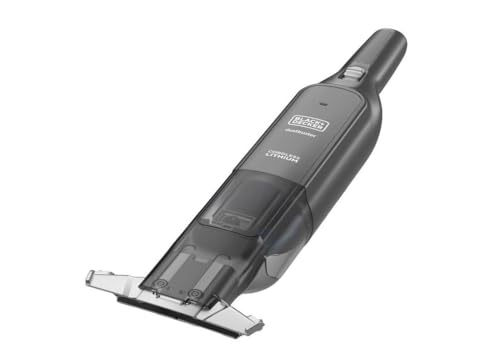
We loved this for it's 14 min run time and easy clearing out of the dust bin. It's a great budget pick perfect from sprucing up your fake ferns as the suction power isn't too intense. Read our review.
Pros
- Great suction on hard floors and countertops
- Slim, straightforward design
- Easy to empty and clean
- Handy charging station
Cons
- Poor performance on carpets and soft surfaces like upholstery
- Not HEPA
- Filter can clog easily
5. Clean with lukewarm water and dish soap
Sometimes nothing can rival warm water and dish soap. A combination that we use almost everywhere in our homes and when it comes to cleaning fake plants, this is no exception. Dish soap and water is a gentle combination that actually works without the need for strong chemicals.
Simply run a microfiber cloth from Target, under a warm tap and add a small amount of dish soap, such as the Dawn you get at Walmart, then glide this over your fake plants leaves, stems and around the flowers themselves. This method is particularly helpful if you have any sticky build up.
If your artificial plants are made out of hard plastic you can also submerge them in a bowl of warm water with a few squirts of dish soap for a deeper clean. Leave them for 5-10 minutes depending on how dirty they are, rinse in cold water, and finally allow them to dry thoroughly before returning them to the vase.
This method is not advised for delicate fake plants, especially those made of silk.
FAQs
How do I prevent my fake plants from getting dirty?
Even with the best indoor plants, there is no outright preventative for dirt buildup when if come to fake plants. As long as dust is in the air they will get some debris on them, however preventative tips include rotating your plants so that dirt particles that are inevitably in the air will have fewer chances to land and form layers over your plants.
This also prevents the fabrics from fading in color, especially if your artificial plants are kept in direct sunlight.
Fake plants are beautiful additions to your home and will be hassle free as long as you follow a simple cleaning regime. Checking and cleaning yours regularly should see your artificial plants last as long as thirty years.

Seraphina is a contributing editor at Homes & Gardens, writing Solved features on organizing and storage. She loves to decorate and also grow her own produce from her home in London. Her previous experience includes working at Women's Health and Fabulous Magazine.
You must confirm your public display name before commenting
Please logout and then login again, you will then be prompted to enter your display name.
